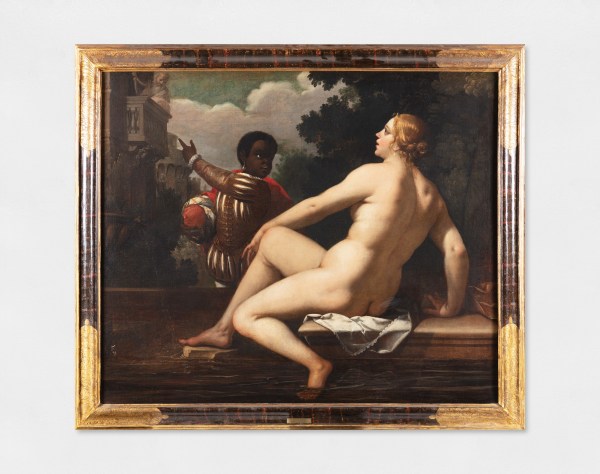-
Biography
Roman School (17th century)
In the 17th century, Rome, still reeling from the Sack of the Landsknechts in 1527 and the changes brought by the Lutheran Reformation, remained firmly rooted in its medieval past. Painting in this period was not solely Baroque; in fact, the city’s cultural vibrancy fostered many original and lively experiments, such as Classicism and Caravaggism.
With the ascension of Pope Alexander VII, the city experienced a profound urban transformation, continuing the grand Baroque renewal initiated by Pope Innocent X Pamphilj, with Bernini and Borromini.
As the capital of Christendom, Rome also became the hub for artistic commissions due to the numerous diplomatic delegations, foreign communities, and religious orders, ranging from the elite to the bourgeois. This attracted many artists seeking their fortune.
In the climate of the Catholic Counter-Reformation, the policy of centralisation and celebration carried out by the popes spread a luxurious, glorious, and spectacular image of the city: both in the classicist style, but much more so in the Baroque. During this time, Rome was strongly marked by Mannerism, deeply influenced by Caravaggio’s presence, and later by Baroque elements towards the end of the century.
Photo UniCredit Group (Sebastiano Pellion di Persano)
-
Works
Roman School XVII Century
The Roman School in the 17th century was a great expression of innovation and a new kind of realism, moving between Mannerist and Baroque tendencies.Join our mailing list
* denotes required fields
In order to respond to your enquiry, we will process the personal data you have supplied in accordance with our privacy policy.



